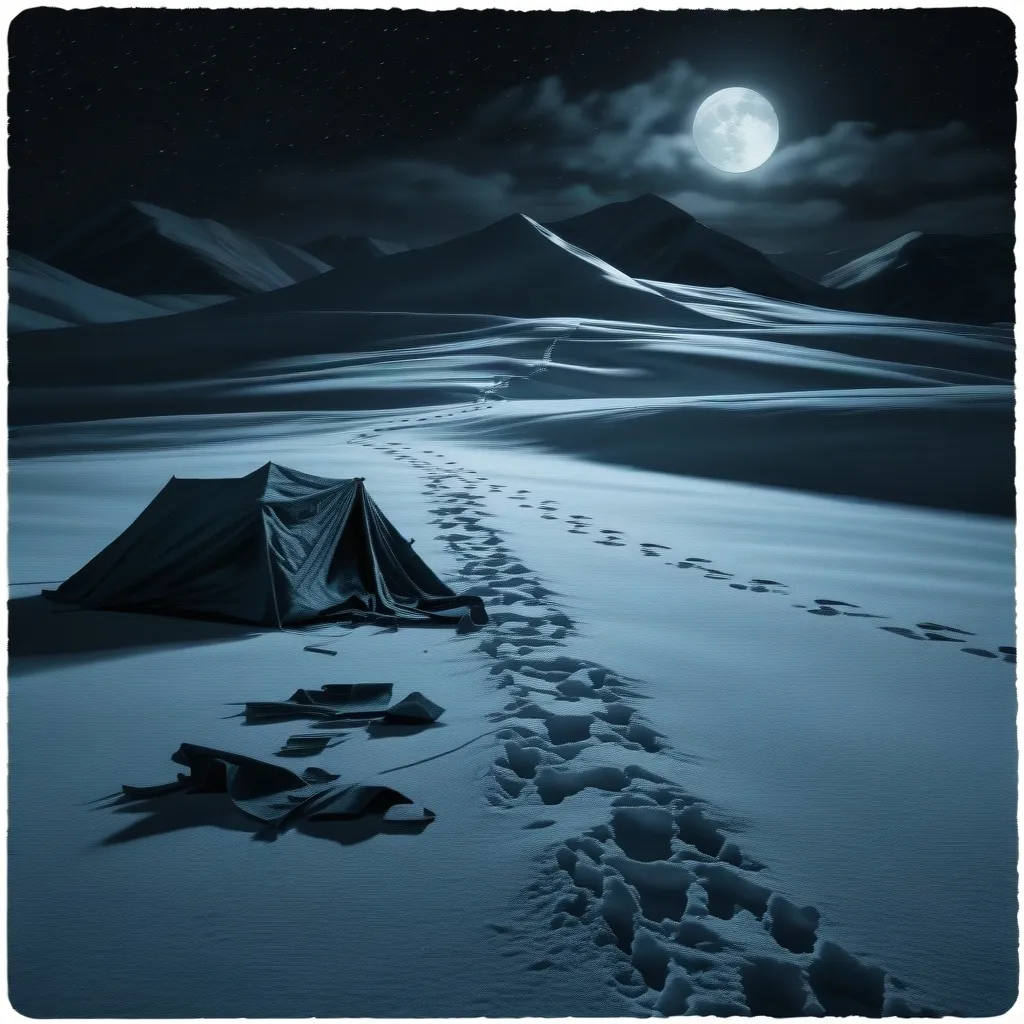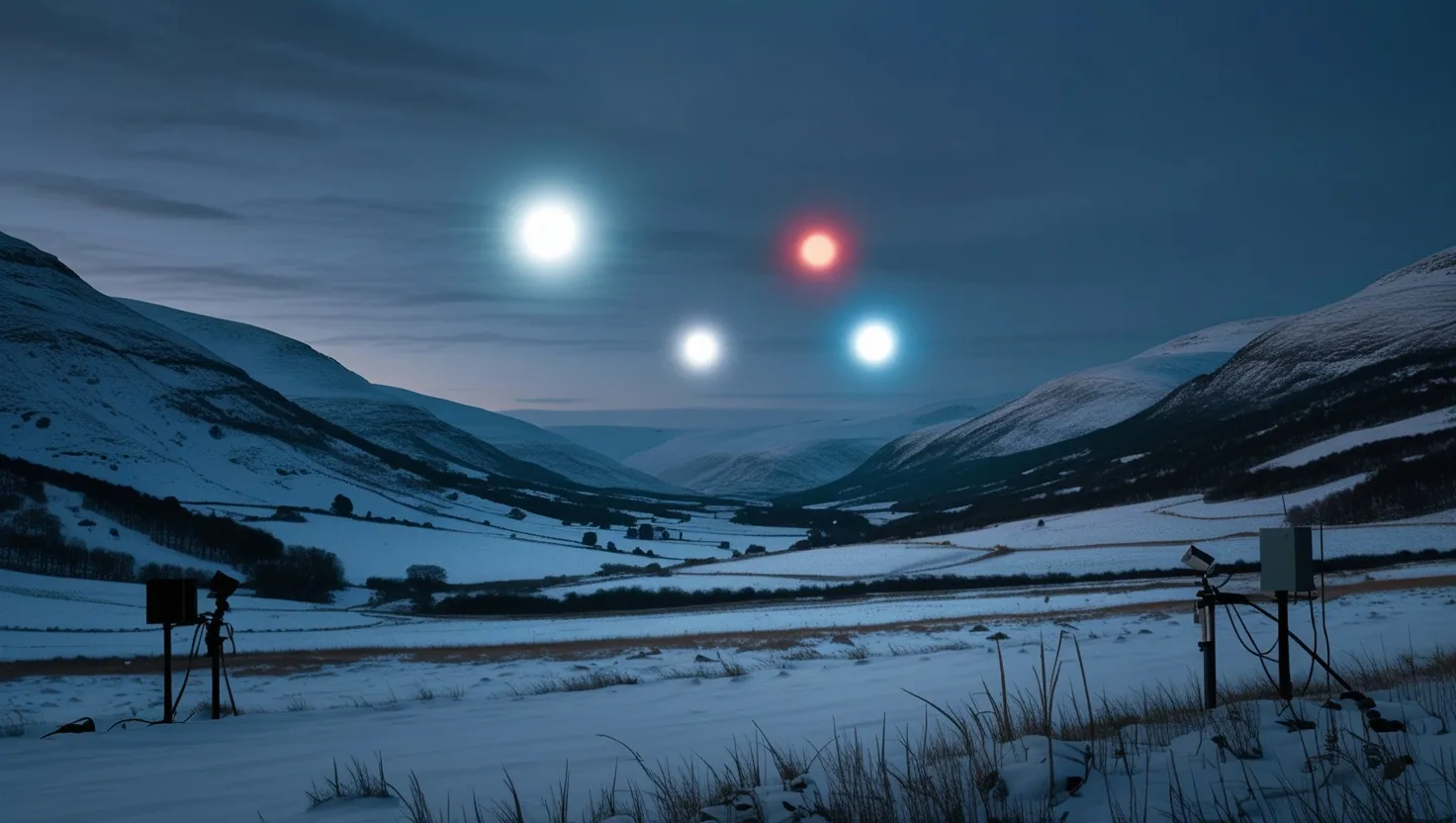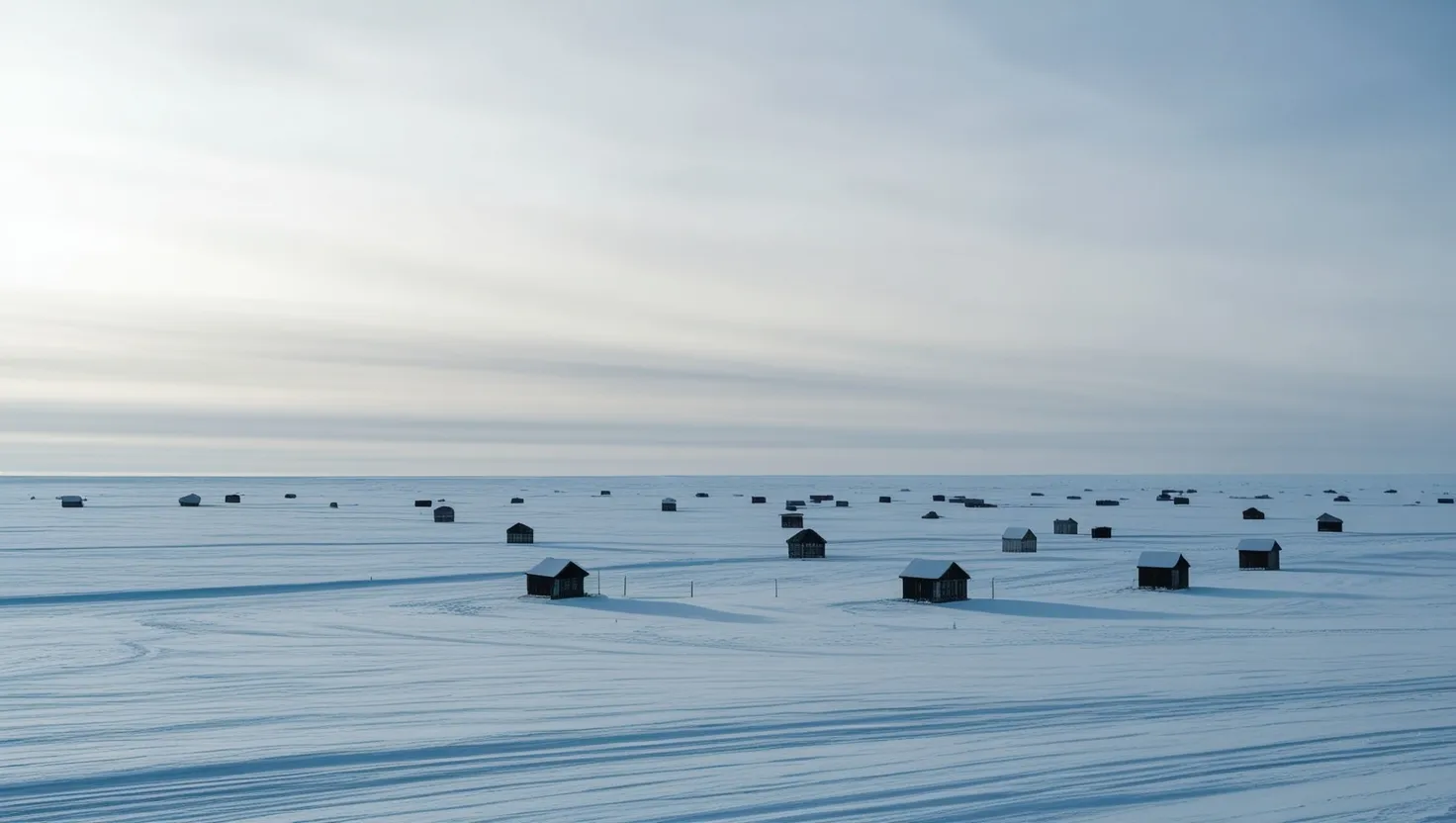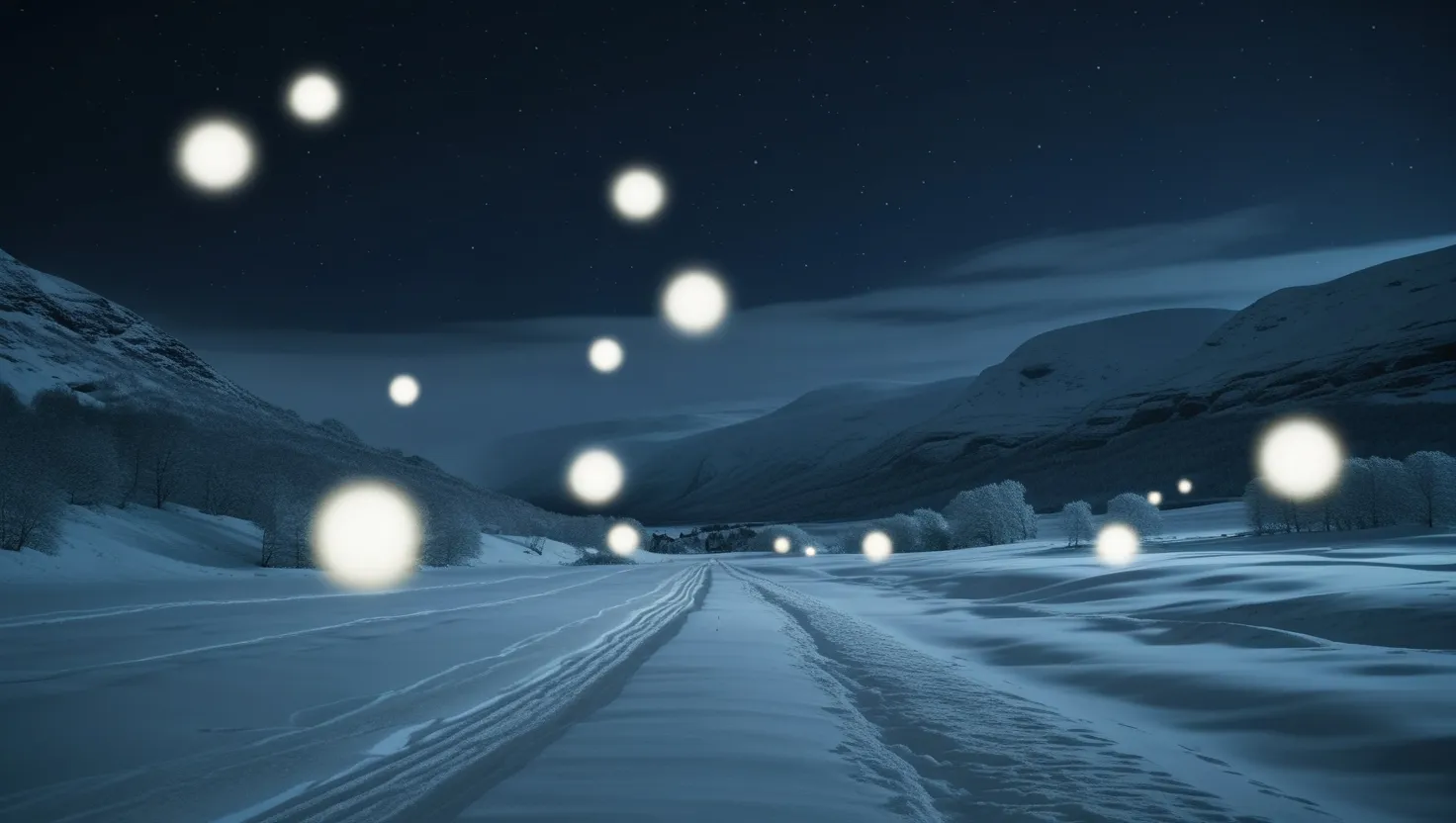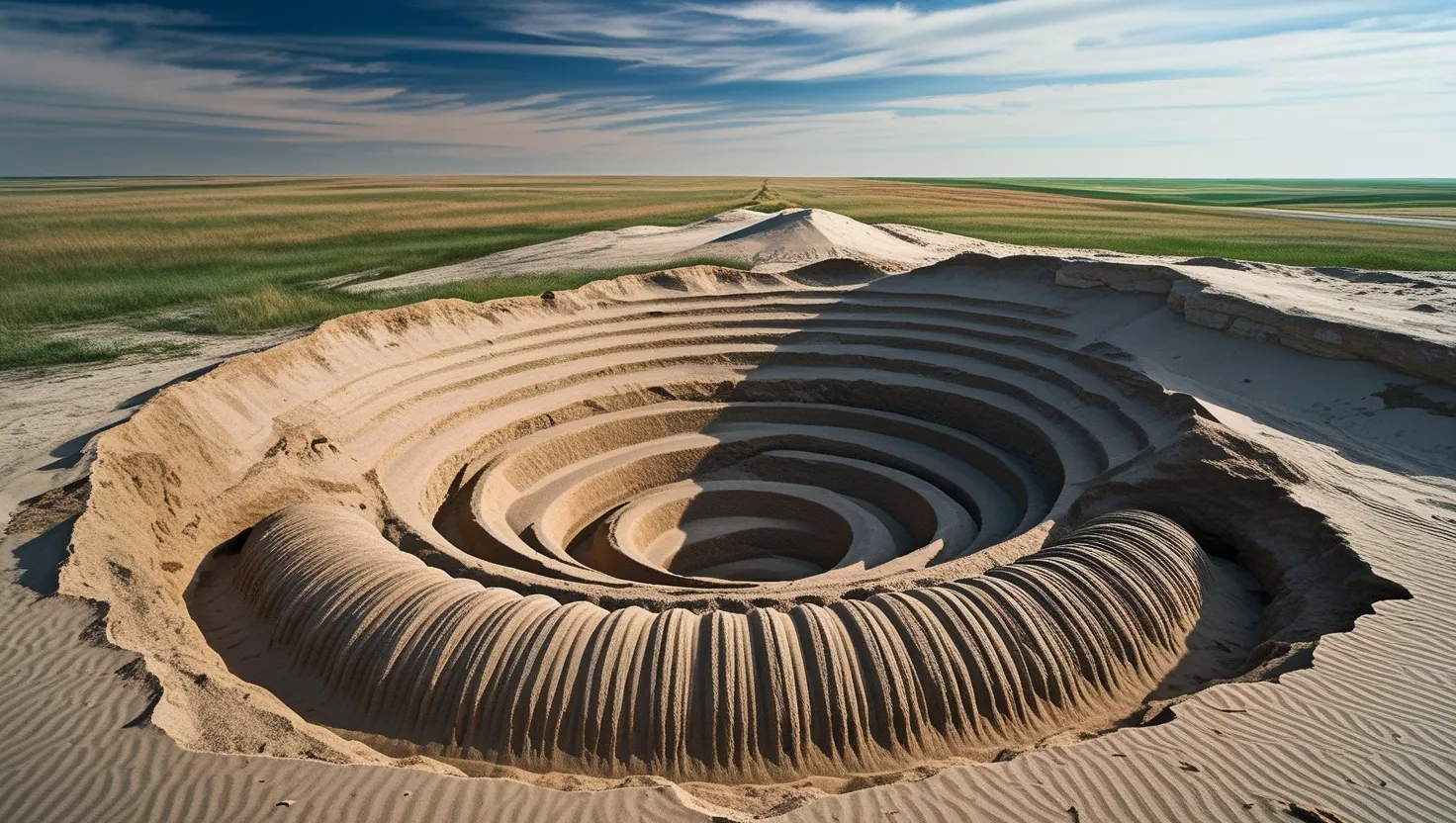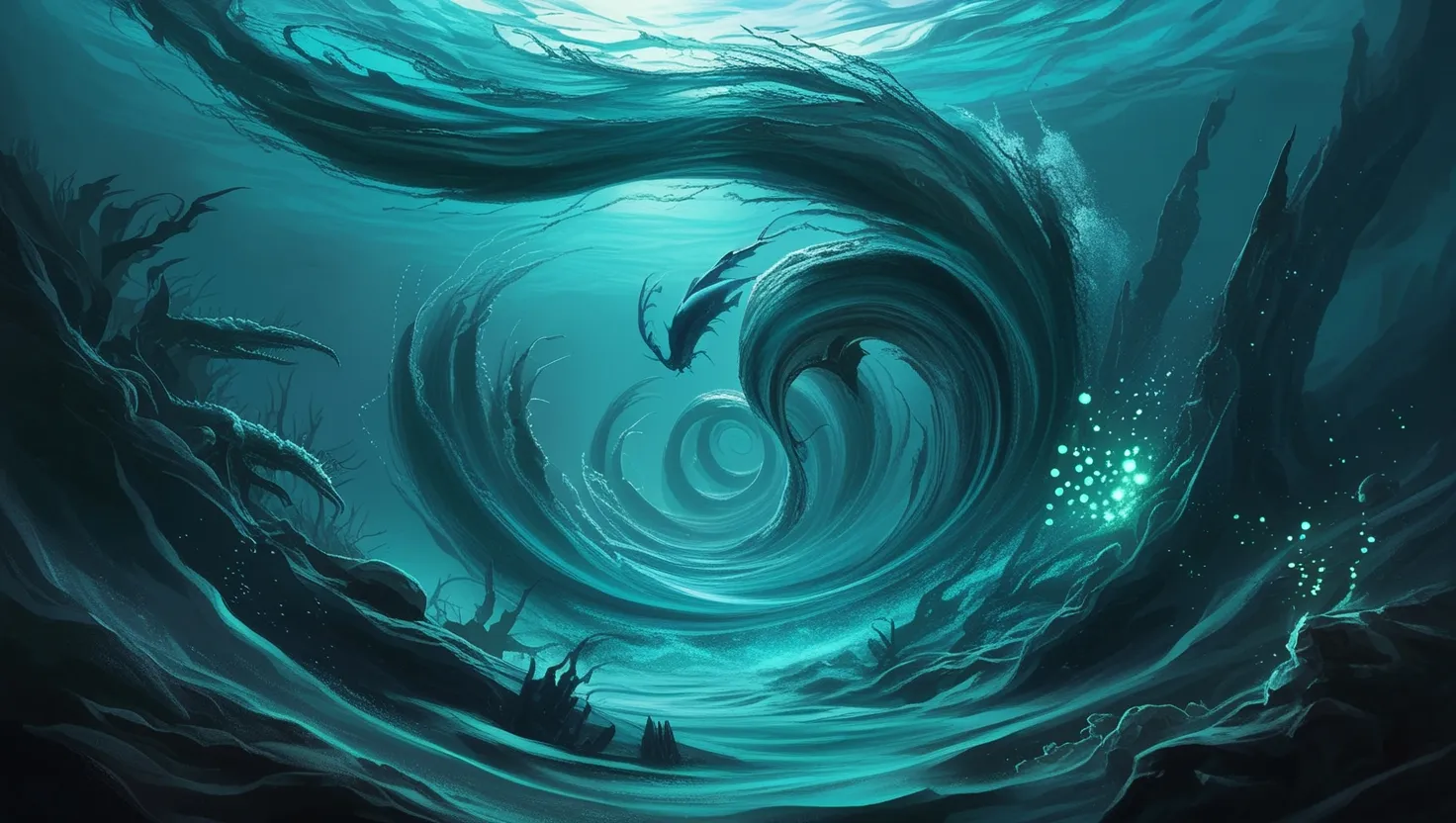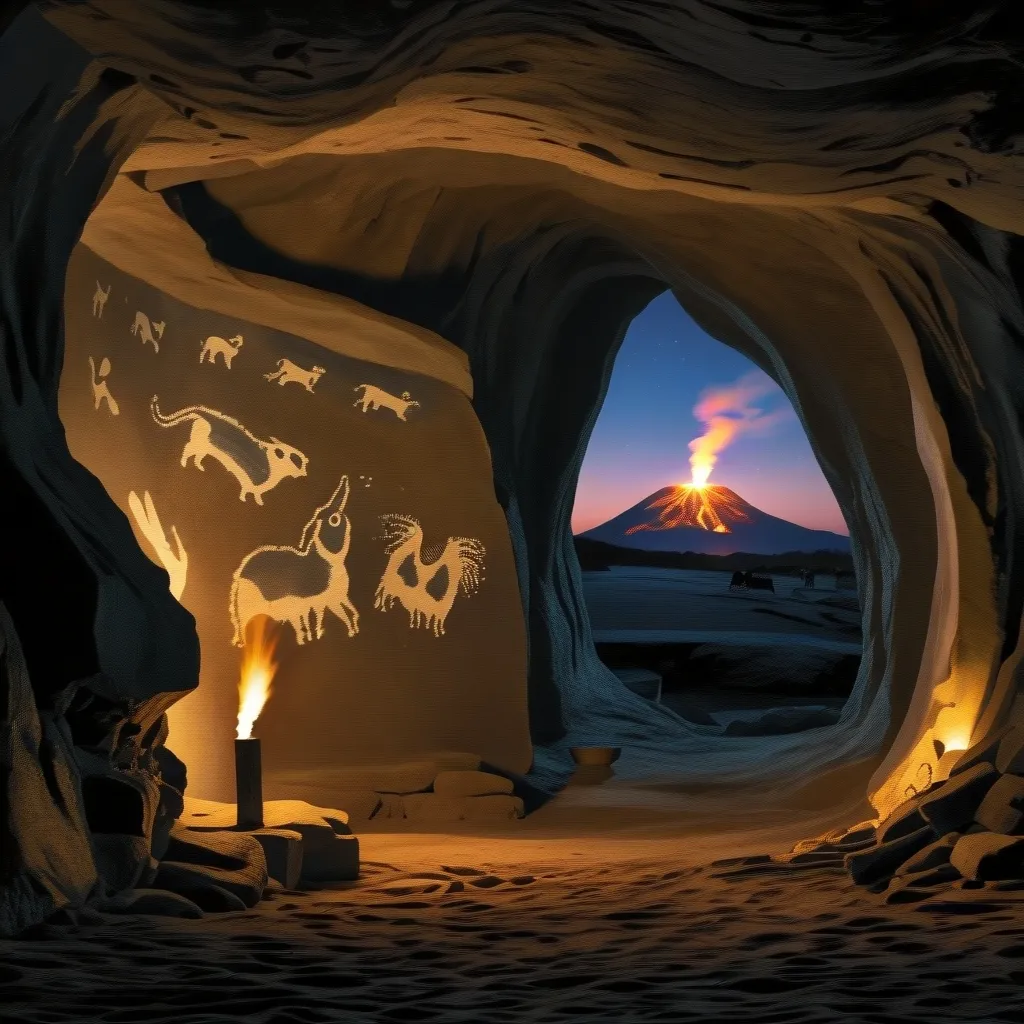The Dyatlov Pass Incident: A Mystery That Still Haunts Us
Picture this: It’s 1959, and nine young hikers decide to trek through the Ural Mountains in Russia. Sounds like an adventure, right? Well, it turned into one of the creepiest unsolved mysteries ever.
These weren’t just any hikers. They were tough cookies, experienced mountaineers who knew their stuff. But something went horribly wrong on that freezing February night. When they didn’t come back, people got worried and sent out search parties.
What they found was straight out of a horror movie. The hikers’ tent was ripped open from the inside. Bodies were scattered around, some in their undies, others barefoot in the snow. It was like they’d fled in terror from something inside the tent.
But here’s where it gets really weird. Some of the bodies had crazy injuries. We’re talking crushed ribs, cracked skulls, and even missing eyes and tongues. The official cause of death? “Overwhelming force.” Yeah, no kidding.
For decades, people have been scratching their heads over this one. What could have scared these tough-as-nails hikers so badly that they’d run half-naked into the freezing night? And what the heck could have caused those bizarre injuries?
The theories are wild. Some folks reckon it was a Yeti attack. Others blame secret military experiments or even aliens. There’s talk of infrasound-induced panic and killer winds. It’s like a conspiracy theorist’s all-you-can-eat buffet.
But recently, some smarty-pants scientists have tried to crack the case with good old-fashioned physics. They reckon a rare type of avalanche might be to blame. Using fancy computer models, they showed how a slab of snow could have broken loose and scared the living daylights out of the hikers.
These researchers, Alexander Puzrin and Johan Gaume, aren’t just armchair detectives. They actually went to Dyatlov Pass to check things out. And guess what? They found evidence that avalanches do happen there, even though it doesn’t look like typical avalanche terrain.
But hold your horses – this theory doesn’t explain everything. What about those freaky injuries? And why didn’t the rescue team find any signs of an avalanche? It’s like solving one part of the puzzle only to find more missing pieces.
Some folks aren’t buying the avalanche story. They’ve cooked up their own theories. One recent idea is that a failed rocket launch created a toxic fog that killed the hikers. Sounds like something out of a spy novel, right?
And speaking of spies, the involvement of the KGB in the original investigation has only added fuel to the conspiracy fire. Why did they seal off the morgue? Why were normal procedures ignored? It’s enough to make anyone suspicious.
The Dyatlov Pass Incident has become more than just a tragedy. It’s a cultural phenomenon. There are documentaries, books, even comics about it. People can’t get enough of this mystery. It’s like we’re all detectives, trying to piece together what happened on that mountain.
But here’s the thing – maybe we’ll never know the whole truth. And in a way, that’s what makes it so fascinating. It’s a reminder that even in our modern world, with all our technology and science, there are still mysteries out there.
It’s also a sobering reminder of how powerful and unpredictable nature can be. Those hikers were experienced, they were prepared, but something out there was stronger than they were. It’s humbling, isn’t it?
As we keep exploring our world, pushing boundaries and seeking adventure, the Dyatlov Pass Incident serves as a haunting warning. Nature doesn’t always play by our rules. Sometimes, it throws us curveballs we can’t even imagine.
But that doesn’t mean we should stop exploring. If anything, it makes our adventures even more thrilling. There’s still so much out there we don’t understand, so many mysteries waiting to be solved.
And who knows? Maybe someday, someone will finally crack the Dyatlov Pass case wide open. Until then, it’ll continue to fascinate us, scare us, and remind us of the enduring power of a good mystery.
So the next time you’re out hiking, camping, or just enjoying nature, take a moment to think about those nine brave adventurers. Their story might be tragic, but it’s also a testament to the human spirit of exploration and the enduring quest for answers.
In the end, the Dyatlov Pass Incident is more than just a creepy story. It’s a reminder of our place in the natural world, a challenge to our understanding, and a tribute to the courage of those who venture into the unknown. It’s a mystery that continues to captivate us, decades later, proving that sometimes the most enduring stories are the ones without a clear ending.
Whether you believe in avalanches, Yetis, or secret government experiments, one thing’s for sure – the Dyatlov Pass Incident will continue to intrigue, puzzle, and inspire us for years to come. And maybe, just maybe, that’s exactly as it should be. After all, what’s life without a little mystery?
